Neighborhood Collaborations:
Our First Ten Years

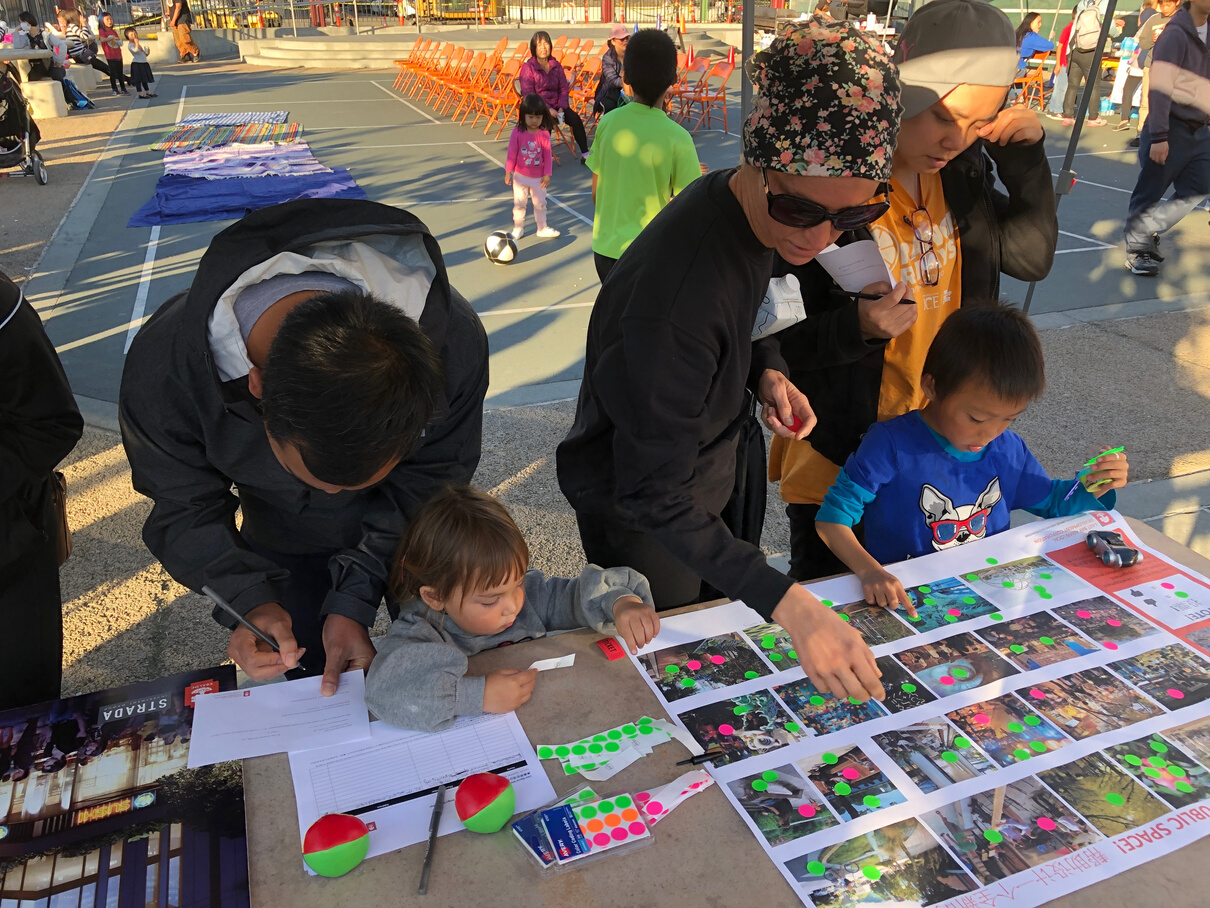
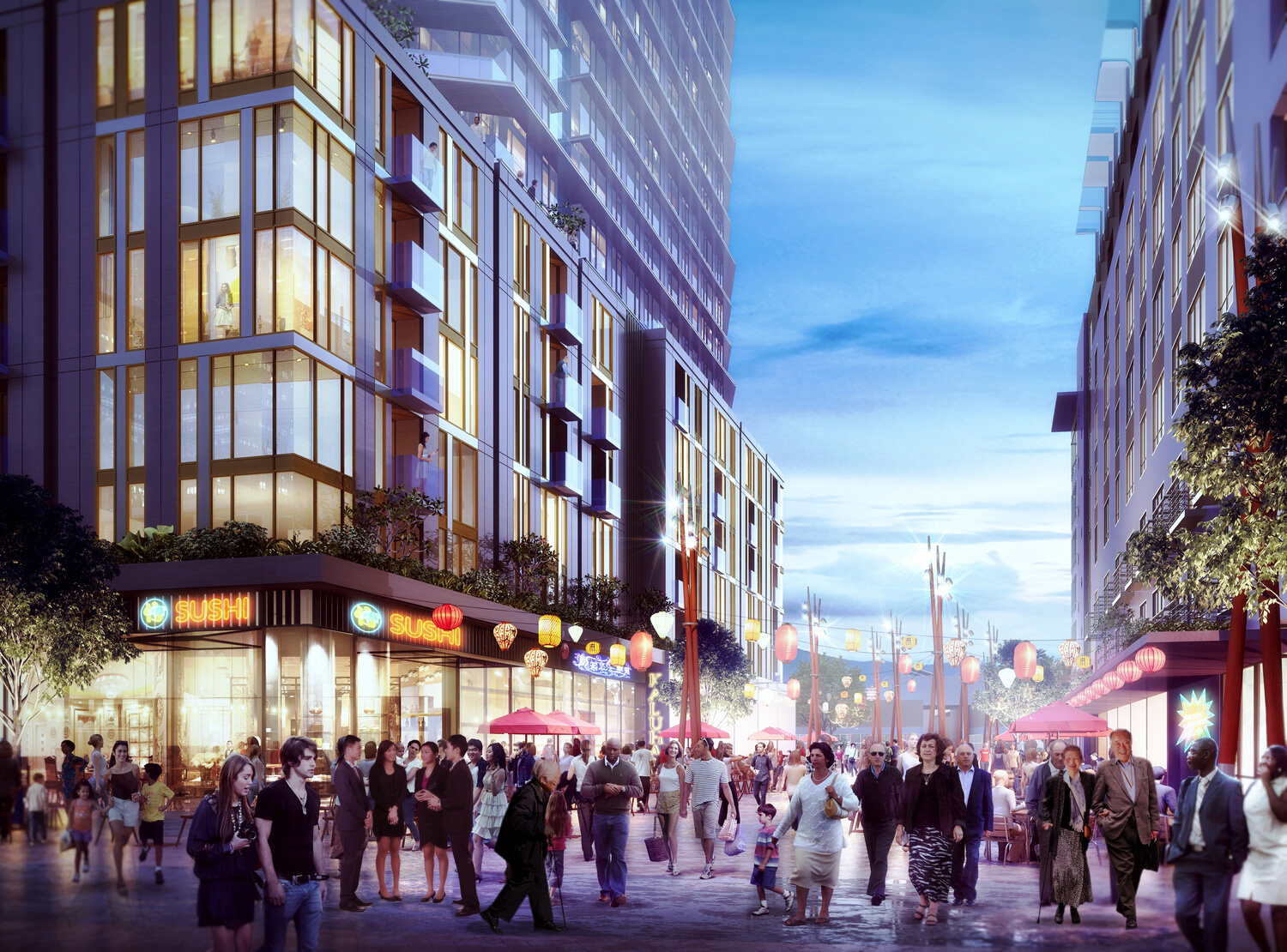

EAST BAY ASIAN LOCAL DEVELOPMENT CORPORATION
The Neighborhood
Collaborations Team
Anita Kumar, PhD
Director, Neighborhood Collaborations
Annie Ledbury
Senior Manager,
Creative Community Development
Aurora Chavez
Manager, Neighborhood Collaborations
Ener Chiu
Executive VP of Community Building
our Mission
Emphasizing our historic and continuing commitment to Asian and Pacific Islander communities, EBALDC works with and for all the diverse populations of the East Bay to build healthy, vibrant, and safe neighborhoods through community development.
our Vision
We envision that everyone in Oakland and
the East Bay can live in a safe and affordable home, and that every neighborhood provides opportunities that enable people to live long, healthy lives, regardless of income or ethnic background.
In 2013, EBALDC adopted a Healthy Neighborhoods Approach to Community Development. Our health and well-being
is dependent on a range of interconnected social, economic, and physical factors that impact the place where residents live. EBALDC works to address place-based health inequities by providing vital social and financial services, affordable housing, and building collaborations that support residents to thrive.
“Neighborhood collaboratives are a very effective way to co-locate programs and services, making it more accessible to residents. There is a higher level of community engagement and opportunity to build trust because residents see and experience the partners’ investment and care in the neighborhood.”
— Kym Johnson, CEO, Bananas. Inc
Neighborhood Collaborations Core Values
• resident-led • equity • partnerships • collaborations • data-driven
Neighborhood
Collaborations
Overview
NEIGHBORHOODS MATTER.
Where we live, work, and play matter.
We also know some neighborhoods need more attention than others. Often low-income residents and communities of color are left out of key decisions and plans.
Equity is a core value.
As a community development corporation (CDC) with over 47 years of working in Oakland and the East Bay, EBALDC believes that the major problems we face today in housing unaffordability, health disparities, and income inequality are place-based and systemic. Most importantly, they cannot be solved by individual actors.
They require collective action. Collaboration is essential.
As part of our Healthy Neighborhoods approach, we convene and facilitate place-based collaboratives, bringing together residents, community-based organizations, and public agencies across sectors to build neighborhoods of opportunity for all to thrive.
COVID-19 has only underscored the critical role place plays in resident health and well-being.
SINCE 2013
96 partners engaged
across SPARC, Healthy Havenscourt, & Oakland Chinatown Coalition
92% (70 partners) actively contribute
to the collaboratives by aligning their organizational goals with collaborative action plans, leveraging in-kind resources, contributing data
337 resident leaders
across SPARC & HHC
785 resident-led projects
and events completed across SPARC & HHC
FOSTER A CULTURE
OF COLLABORATION
What We Do
• Develop resident-driven neighborhood action plans
• Convene and facilitate strategic partner alignment to implement collaborative strategies
• Foster resident leadership through creative projects and events
• Strengthen cross-sector and cross-organizational communication and coordination
• Develop a shared measurement system to track impact
• Support partners in collaborative fundraising
• Support partner backbone capacity, including fundraising and staffing
FOSTER A CULTURE
OF COLLABORATION
FOSTER A CULTURE
OF COLLABORATION
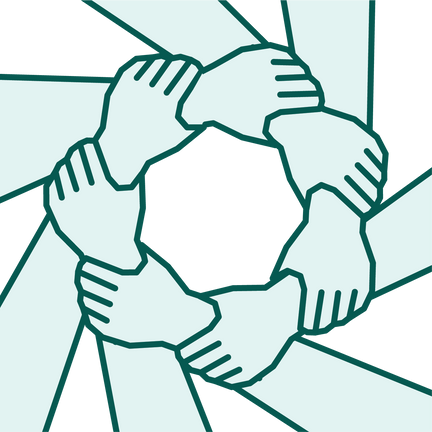
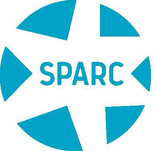
San Pablo Area Revitalization
Collaborative (SPARC)
Strengthening health through housing and a thriving streetscape
Decades ago, the San Pablo Avenue Corridor (SPC) was a diverse neighborhood with Black, Latinx, and Asian-owned businesses, homes, and a thriving music and cultural scene.
Years of disinvestment and racist land use policies have resulted in vacant land, derelict housing, and a neighborhood more often associated with crime than its rich cultural history
or its arts and community assets.
Today, Oakland is undergoing rapid changes due to its proximity to technology and finance hubs, increasing income inequality and the housing affordability crisis.
SPARC was formed in 2014. SPARC’s focus has been to ensure future development and growth benefit the long-time residents that live near and along the 1.5 miles of the San Pablo Corridor and support their health and well-being.
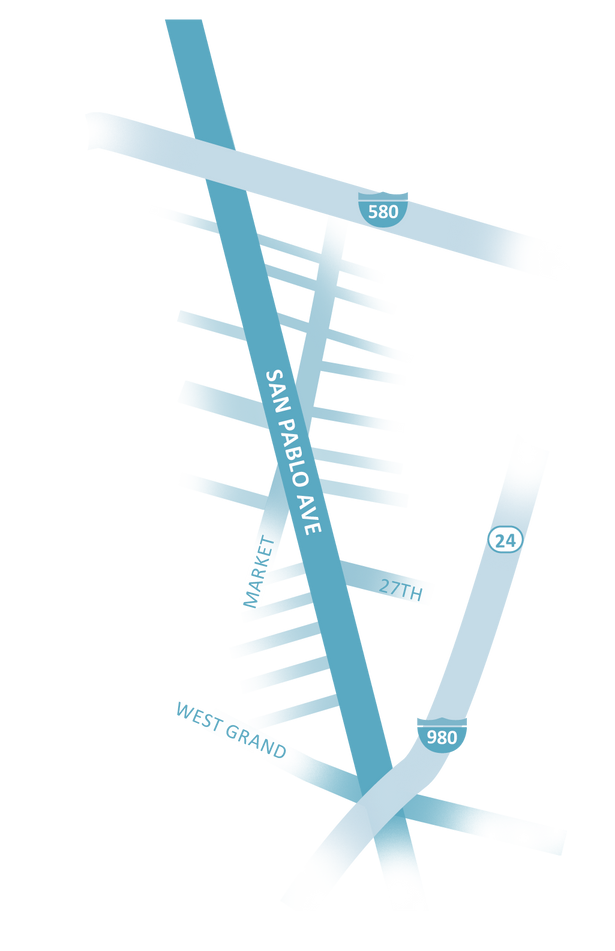
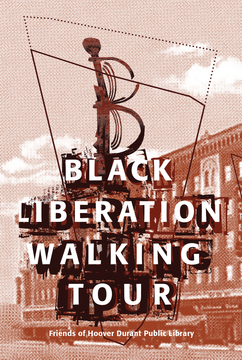
SPARC Creative Community
Development
(CCD) Spotlight:
Black Liberation Walking Tour (BLWT)
A project of the West Oakland Cultural
Action Network (WOCAN), the BLWT is a
cultural asset map that celebrates Hoover-Foster’s multi-generational Black history and culture and preserves rapidly disappearing Black cultural spaces.
To help WOCAN launch the BLWT, EBALDC provided seed funding and CCD technical assistance. TA included connecting WOCAN
to Bay Area Mural Project (BAMP) to
co-create a 3-story mural specifically for
the tour.
For more information on the BWLT, visit:
black-liberation-tour.vercel.app/

AFFORDABLE Housing
584 units
in pipeline
of which
149 units
completed
6 parcels acquired by 4 non-profits
(EBALDC, St. Mary’s Center, SAHA, & RCD)

Thriving Streetscape
SPARCitplace:
activated a vacant lot to support community events and resident-led businesses
55 vendors
supported with
technical assistance
5 local businesses
launched or expanded

Resident Leadership
18 residents
participated in
SPARC governance
92 Resident Leaders
completed 43 CCD projects
2014–2019 key accomplishments
$5.7M
raised in programming
$211M
in neighborhood infrastructure investments to support housing and economic development
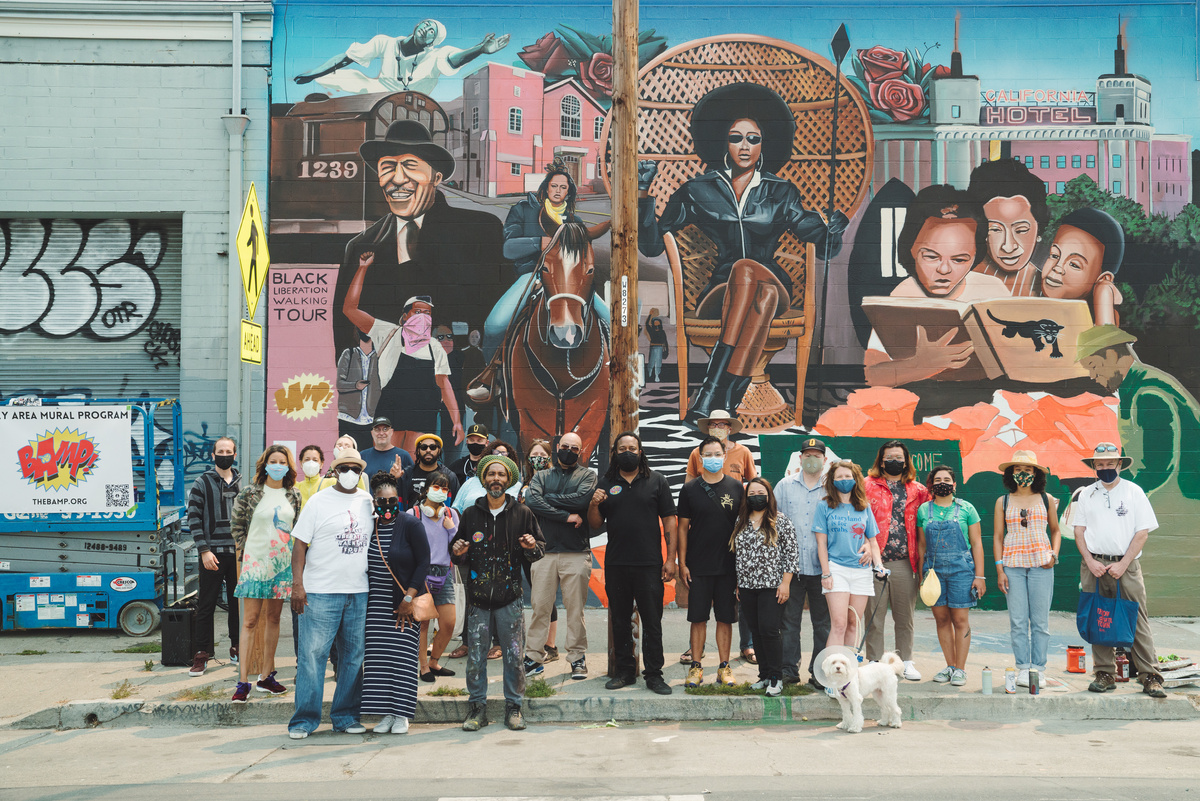
SPARC’s Next Phase:
Continuing to fight displacement pressures
In 2021, EBALDC stepped back as collaborative convener and SPARC transitioned to shared leadership. SPARC also adopted the SPARC 2.0 Action Plan:
SPARC 2.0 ACTION PLAN
Holding Spaces
Identify and advocate for community-owned businesses, housing, and
resources along the SPC.
Equitable Recovery from COVID-19
Strengthen social supports, particularly for Black and Brown residents.
Resident Leadership
Prioritize the voice of residents and small business along the SPC.
“In this racially changing neighborhood where Black folks are being, have been, and continue to be displaced at great rates, to be able for me to see my culture reflected on these walls, reaffirms there is a place for me here, there was and there will be.”
— Dave Peters (Executive Director,
WOCAN & EBALDC Board Member)

Healthy Havenscourt
Collaborative (HHC)
Building community resource hubs for East Oakland children, youth, and families
Located in East Oakland, the Havenscourt neighborhood was once a thriving middle-class community, home to majority Black and Asian American Pacific Islander families. Over time, residents experienced rapid disinvestment due to industry moving out and redlining. Today, residents lack access to full-service grocery stores, traditional banking institutions, and local amenities like drugstores. Residents have to go to other parts of Oakland to take care of basic necessities.
Launched in 2016, the Healthy Havenscourt Collaborative (HHC) seeks to strengthen social supports and services critical to the long-term health of residents and families living in the Havenscourt neighborhood.
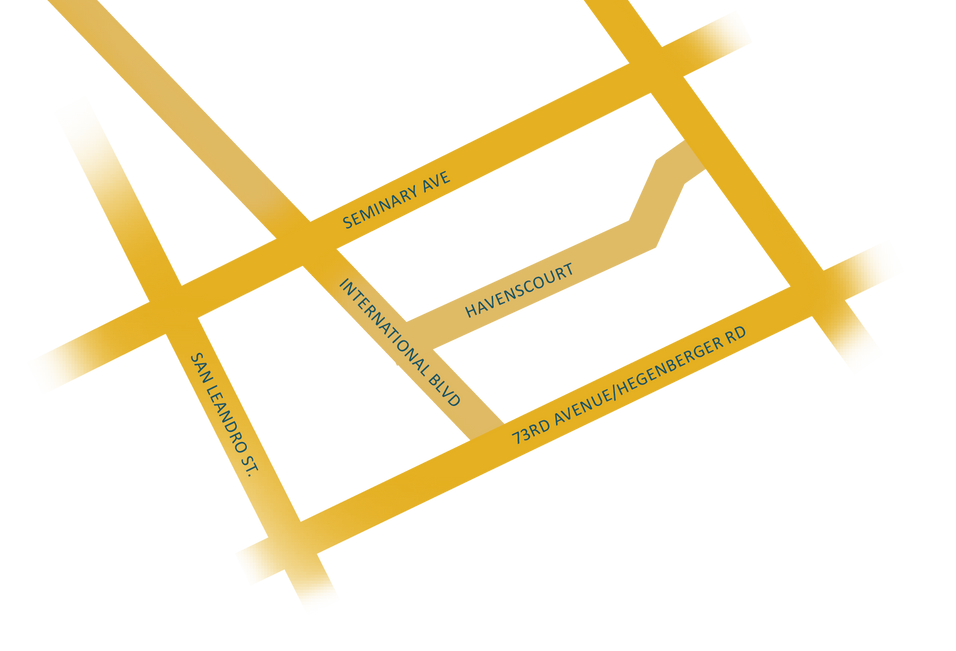
“I get tired of hearing investors say we [residents] are not engaging. We are engaging. You’re not coming to us. We do value our lives and we want to be valued. There should not be two Oaklands.”
— Keisha Henderson, Havenscourt resident
HHC Creative Community Development
(CCD) Spotlight:
Transformative Heroes & Community Hub
Early in the pandemic, the art therapist for Lion Creek Crossings’ (LCC) after school program, pivoted to a virtual platform, giving birth to the Transformative Heroes project. Youth were asked to create a story of a superhero who overcomes personal and community challenges.
The youth painted 2ft x 4ft wooden boards, which became the first public art exhibit at Martin Luther King Library’s (MLK) community hub. Each student also created a superhero workbook, which the library circulated. Along with an opportunity to express the youths’ feelings, having their artwork displayed acknowledged their voice, and built their sense of pride and social connection during a time of intense social isolation.
EBALDC provided seed funding and facilitated the collaboration between LCC youth program, MLK library, and Civic Design Studio.

Havenscourt Cub House
In 2019, and with BANANAS leadership, the Havenscourt Cub House was launched at LCC, an early childhood resource hub.
621 children (birth–5) served
541 parents/
caregivers
served
(birth–5 children)
87% reported
an increased understanding of
the importance of
early childhood
education programs
and preschool
83% reported
an increased ability to support their child
to be ready for and successful in school

Havenscourt Youth
Job Initiative (HYJI)
Supports Havenscourt youth and young adults with job readiness training and employment opportunities.
143 youth & young adults
received career readiness supports
35 youth
placed in jobs
and/or internships
37 employers
engaged across the retail, nonprofit,
finance, tech, and
public sectors

Resident Leadership
5 resident healthy housing champions
trained in the link between health and housing and expanded their leadership and advocacy capacity.
75 resident
leaders
implemented
a creative action project
Annual Block Party
launched in partnership with Destiny Arts & Black Cultural Zone, showcasing youth and resident creativity
2014–2019 key accomplishments
$3.8M
raised in programming
46 partners
have been actively
involved in HHC
78% (36 partners)
integrated HHC action
priorities with their
organizational goals
HHC’s Next Phase: Equitable COVID recovery
Because the collaborative infrastructure was strong, HHC was able to quickly adapt and mobilize resources to the community during the pandemic. In 2021, HHC played an active role in advocating for Alameda County to use a place and race-based equity lens in its distribution strategy for $324M of American Recovery Plan (ARP) Funds. As the County prepares to disburse the ARP funds, HHC will be seeking support to develop and implement a grassroots, community health worker program that supports East Oakland residents with comprehensive care, including housing and quality jobs supports. The collaborative program will be a partnership between La Clinica de la Raza, Roots Community Health Center, Lifelong Medical, Black Cultural Zone CDC, and EBALDC.
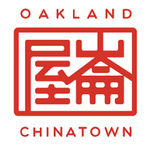
Oakland Chinatown
Coalition (OCC)
Fighting for place and cultural preservation
Oakland Chinatown is next door to Downtown Oakland, the neighborhood that has experienced the largest growth of market rate housing in the past five years. At the same time, Oakland Chinatown has one of the lowest per capita incomes in the city, resulting in a high rate of resident turnover and threat of cultural displacement.
OCC was formed in 2008 to ensure that community voice was centered as the City of Oakland and the Bay Area Rapid Transit (BART) began a planning process to determine the shape and scale
of new development in the neighborhood.
OCC’s Next Phase: Formalizing the collaborative structure
OCC has successfully operated as a collaborative for approximately 15 years, with most partners volunteering time. In 2022, the coalition welcomes its first full-time coordinator dedicated to the coalition’s strategic priorities and advocacy efforts.
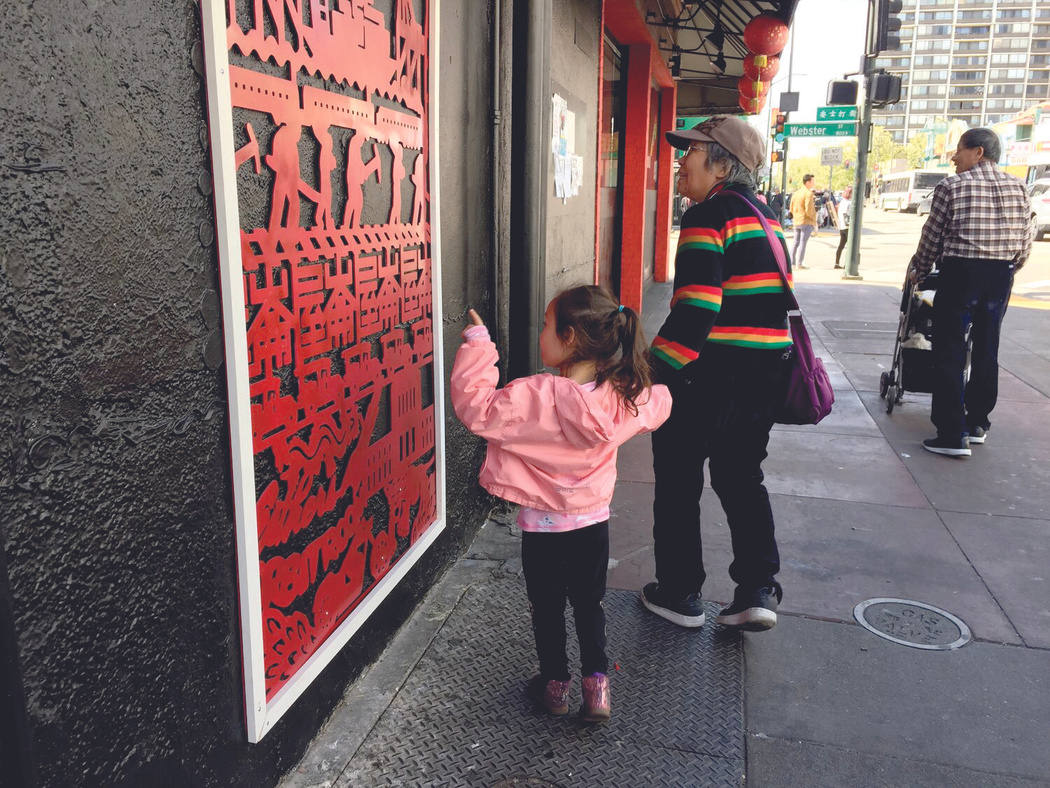
“OCC helps bring different groups and individuals together who are serving Chinatown towards a collective neighborhood vision and advocacy. Our work allows us to celebrate our cultures together and live into the truth that we are so much more powerful together.”
— Alvina Wong, Basebuilding Director,
Asian Pacific Environmental Network (APEN)
2009–2021 key accomplishments
Lake Merritt BART (LMBART 2008)
OCC reached neighborhood consensus on nine key development principles, resulting in the LMBART development — a new transit-oriented, mixed income development in Chinatown.
519 units
44% affordable
60,000+ commercial sq ft,
20% below market rate for community purposes, including a childcare facility
Paseo or
“local street market”
for local business incubation
Oakland Chinatown Improvement Council (OCIC)
Responding to issues of graffiti, litter, and anti-API violence, OCC worked with the Oakland Chinatown Chamber of Commerce to pass a voter approved Community Benefits District (CBD) in 2021, giving birth to the Oakland Chinatown Improvement Council (OCIC). OCIC’s first program will be the launch of the Chinatown Ambassador Program in Summer 2022, supporting a team of 8 residents to help Chinatown become a vibrant and safe neighborhood again.
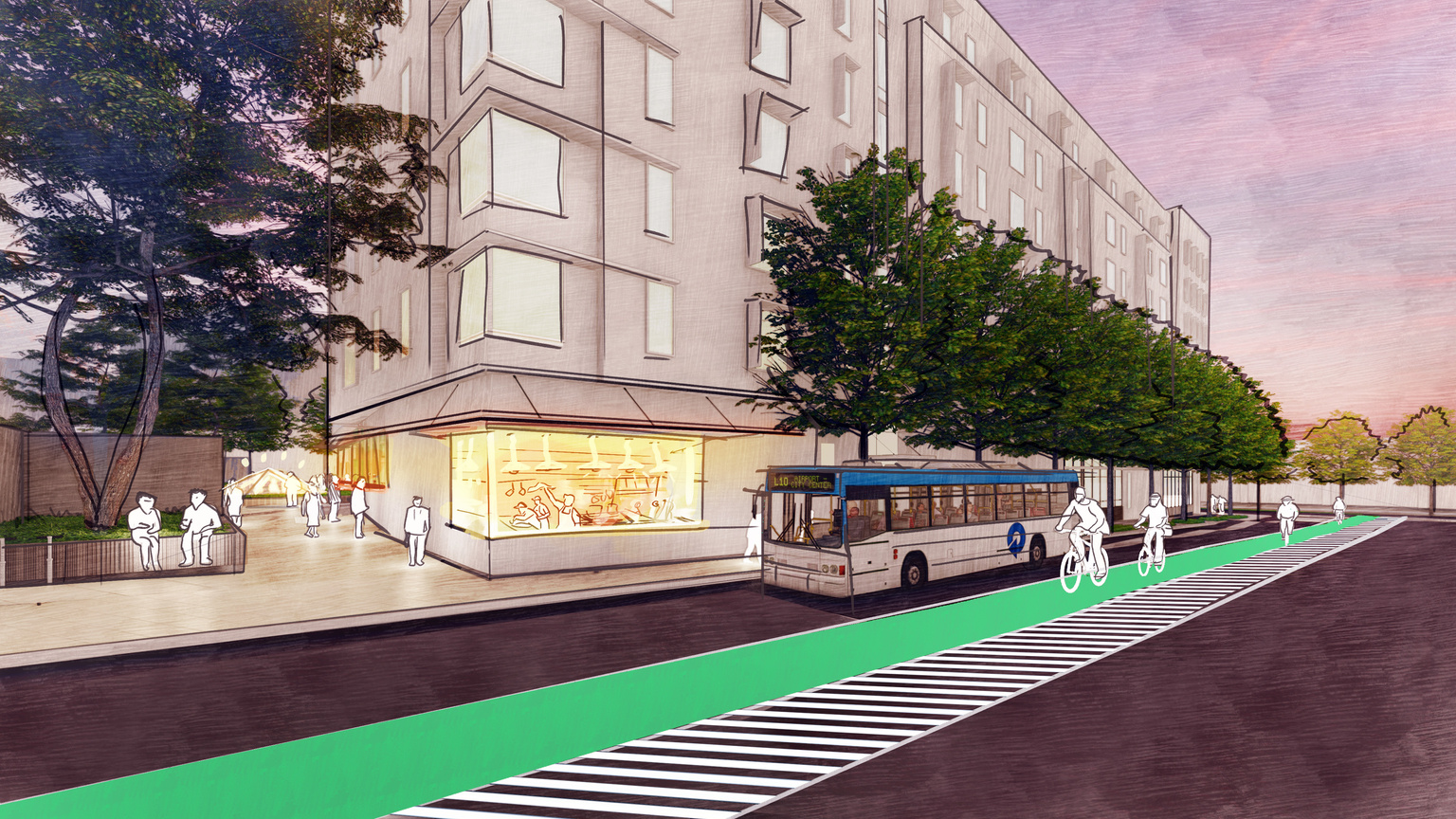
Creative
Community
Development (CCD)
EBALDC recognizes that art, culture and creativity are effective tools to strengthen
social connections, resident health outcomes, and positive neighborhood identity. Creative Community Development (CCD) is a key line of work within neighborhood collaborations as well as within EBALDC.
What does CCD look like at EBALDC?
Real Estate Development
Creative resident engagement
in building design. Co-created art.
Commercial Real Estate
Design services & public art. Integration of local business supports & collaboratives.
Resident & Community Services
Integrate artists into resident programs. Placemaking events.
Neighborhood Collaboratives
Resident & partner mini-grants. Creative planning & advocacy. Placemaking events.
Creative Community Development is when residents, artists, and partners use the power of art, culture & creativity to collectively catalyze social, physical, and economic transformations in their neighborhood.
— Adapted from 2018 Neighborworks America definition
100+ CCD projects
launched through OCC, HHC, and SPARC since 2015
141 residents
have led creative action projects in collaboration with artists and organizational partners
42 partners & local artists
supported with project funds or TA in resident-led design, project management, storytelling, and fundraising.
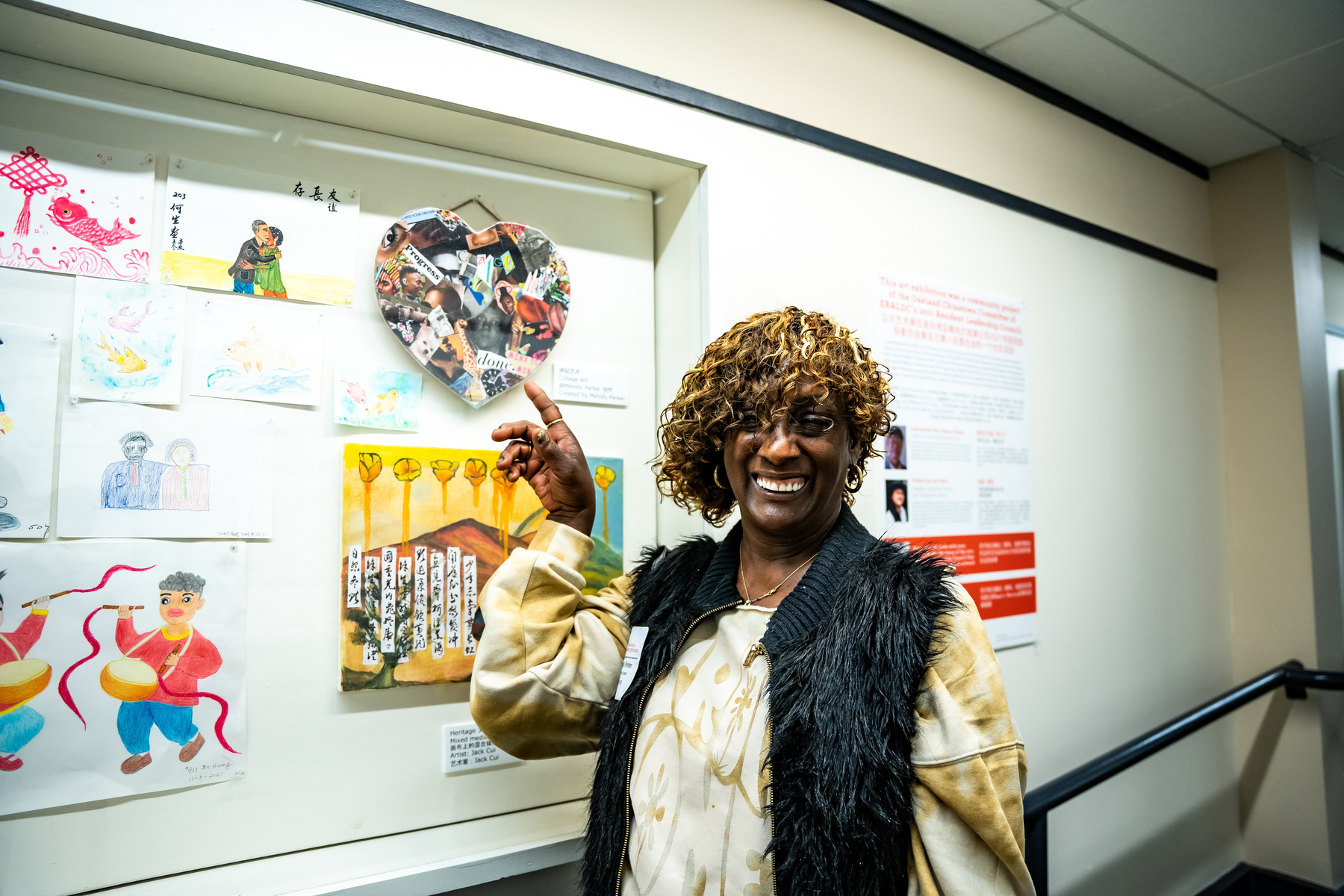
RESIDENT SERVICES PROJECT SPOTLIGHT:
Resident Leadership Council
In 2021, CCD staff worked with EBALDC’s resident services department to integrate arts and culture into a resident leadership council program to advance racial healing and social cohesion.
A youth poet, videographer, and two visual artists collaborated with residents to create a mural at Slim Jenkins Court, an art show at the Asian Resource Center, and a multi-media installation at three EBALDC properties. See more at https://bit.ly/RLCvid
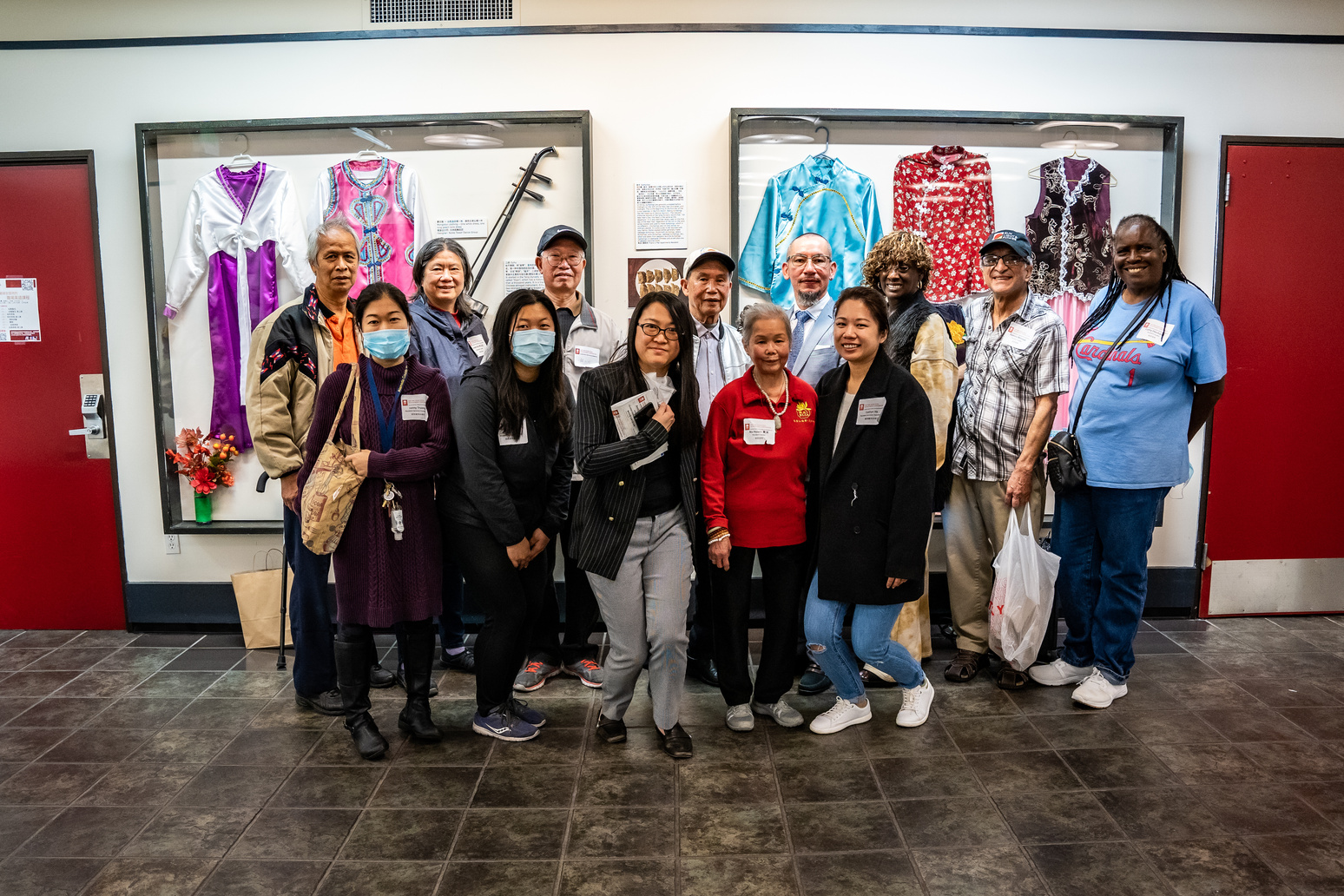
Real estate project spotlight
San Pablo Hotel Renovation
Leading up to a major renovation of one of EBALDC’s senior buildings, CCD staff worked with real estate teams, designers and artists to host a series of resident workshops to design the garden, community spaces, and a 500 square foot mural honoring resident leadership and history. See the project and the resident stories at https://bit.ly/SPHotelvid
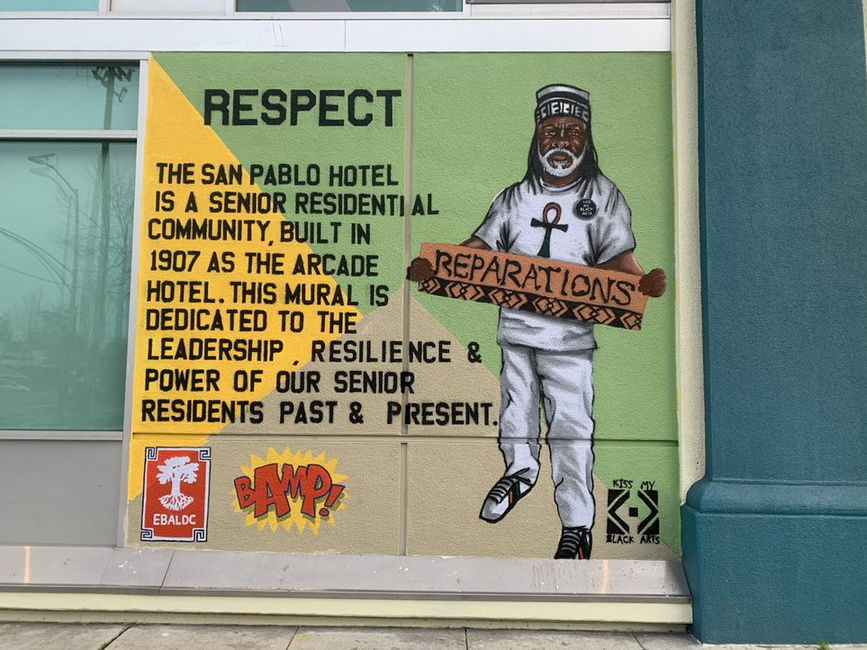
What’s to
Come for neighborhood collaboRations
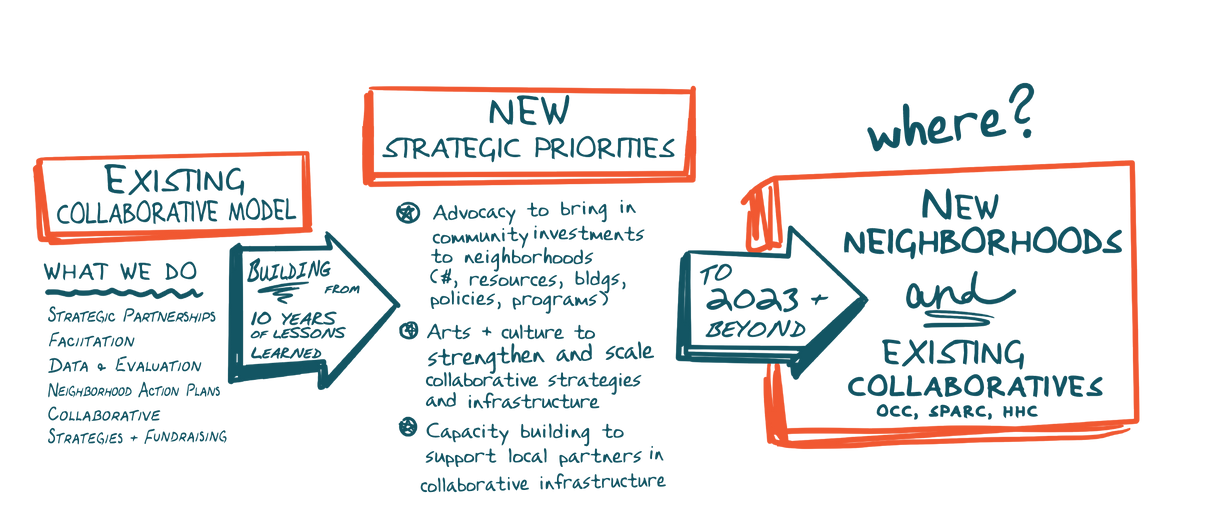
As we look to expand our Healthy Neighborhoods approach throughout the East Bay, EBALDC continues to invest in its core pillar to build strong partnerships and networks.
The Neighborhood Collaborations team is excited to expand on key lessons learned over the past decade to support other organizations interested in building resident and data-driven neighborhood collaboratives and strengthening health through place.
Neighborhood Collaborations key lessons learned
1
Develop a neighborhood action plan with clear results to serve as the road map for the collaborative.
2
Focus initial resources where partners are most excited to implement a low-cost action in the first six months to build group momentum.
3
4
Establish a strong collaborative governance and data-driven culture.
Integrate creative community development from the beginning to strengthen resident leadership, social connection, and neighborhood pride.
“[HHC has] highlighted to me the need for a safe, stable, healthy home and environment. As someone who lives, works and plays in East Oakland, you’re not aware of your environment. You don’t know or understand how it’s impacting your health. It’s this big picture connection that residents need to have.”
— Silvia Guzman (Havenscourt resident and
HHC healthy housing champion)
EBALDC Executive Leadership TEAM
Andy Madeira, Chief Executive Officer
Karim Sultan, Chief Operating Officer
Capri Roth, EVP Real Estate
Elle Fersan, EVP Resource Development & Communications
Ener Chiu, EVP Community Building
Felicia Scruggs, EVP Property Operations
BOARD OF DIRECTORS
Sean Sullivan, Chair
Kelly Drumm, Vice Chair
Jim Govert, Secretary
Leslie Francis, Treasurer
Agnes Ubalde
Beth Rosales
Chris Ferreira
Christine B. Carr
David Peters
Dr. Dianne Rush Woods
Klein Lieu
K.M. Tan, M.D.
Korin Crawford
Minming Wu Morri
Richard Quach
Rosalyn Tonai
Ted Dang CO-FOUNDER
Thái-ân Ngô
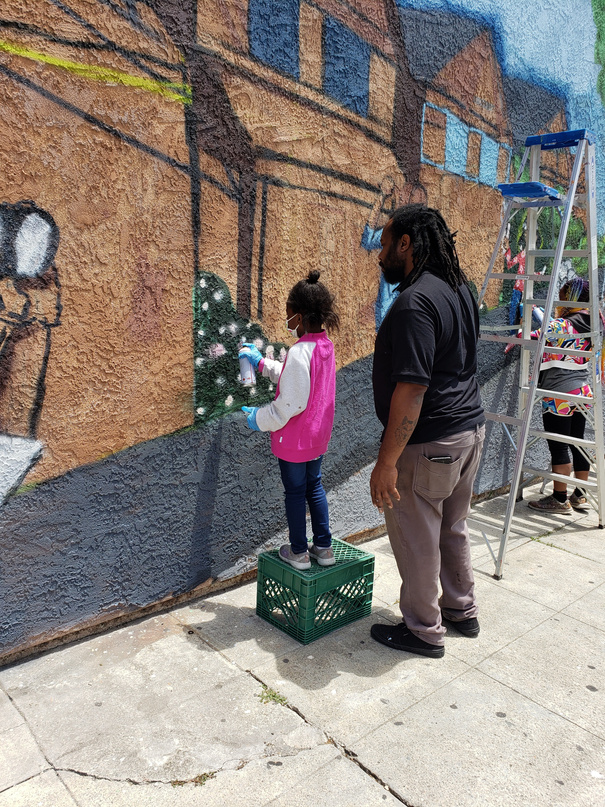
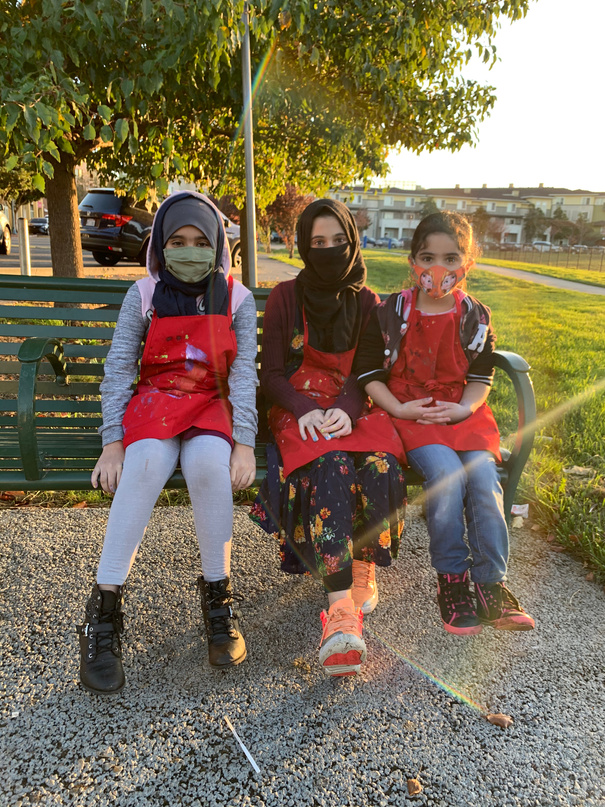
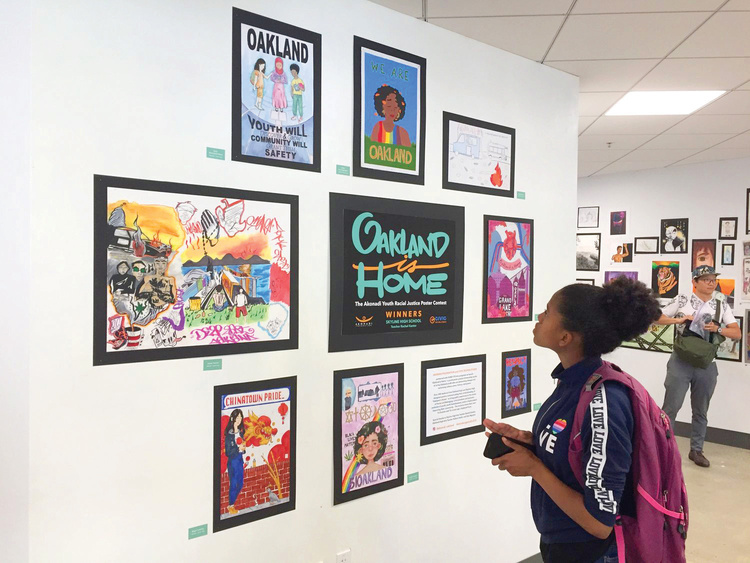


NEIGHBORHOOD COLLABORATIONS FUNDERS
Bank of America
The BUILD Health Challenge
Citi Foundation
Enterprise Community Partners
Federal Reserve Bank of San Francisco
Kresge Foundation
Kaiser Permanente
Low Income Investment Fund
NeighborWorks America
Oakland Fund for Children & Youth
Sutter Health Alta Bates Medical Center
The San Francisco Foundation
Wells Fargo Bank
“EBALDC’s Neighborhood Collaborations work empowers residents, and aligns our nonprofit and public agency partners to focus on improvements that make our neighborhoods more healthy, affordable, connected, and joyful.”
— Ener Chiu, EVP of Community Building, EBALDC
EAST BAY ASIAN LOCAL
DEVELOPMENT CORPORATION
1825 San Pablo Avenue, Suite 200
Oakland, CA 94612
(510) 287-5353
